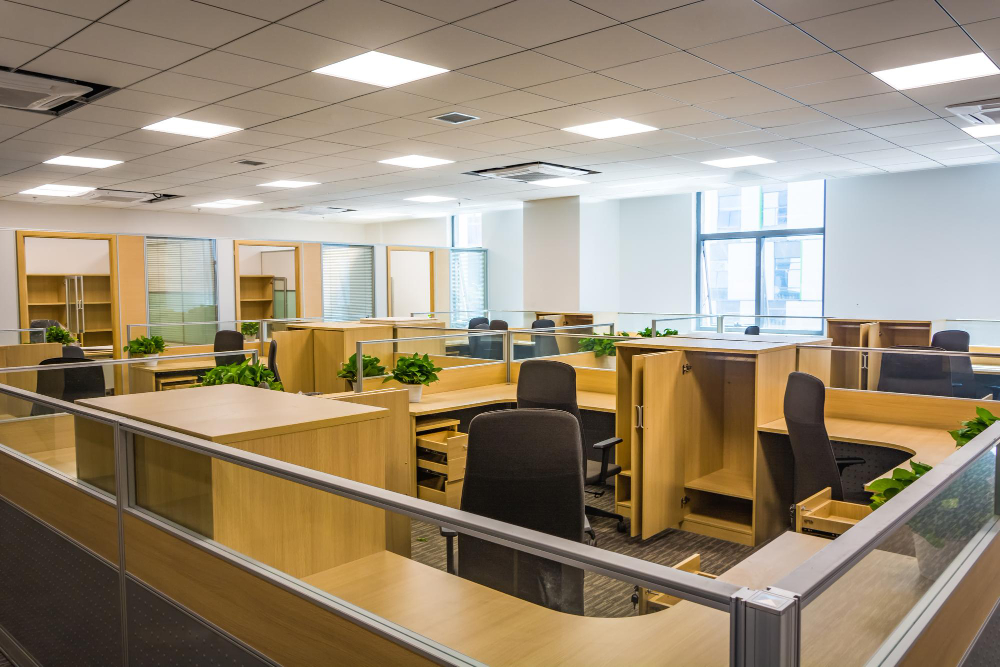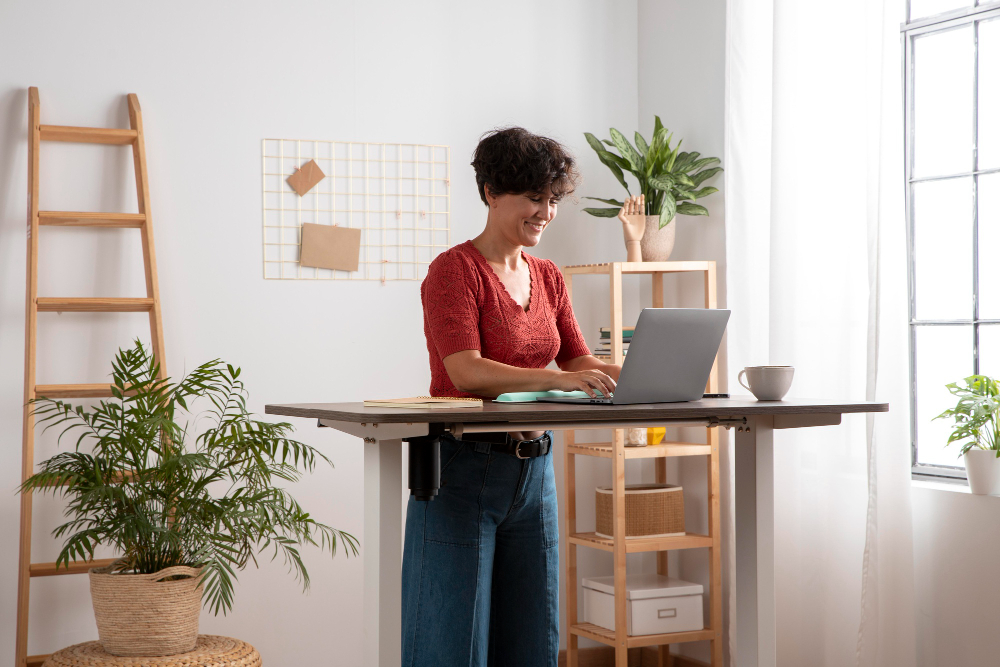Last updated on
The modern-day students are perpetually in the pursuit of perfecting their study routines. From Pomodoro techniques to digital flashcards, every little tweak is aimed at squeezing the most out of the learning hours.
Amidst such meticulous planning, one aspect often overlooked is the actual environment where studying happens—the furniture. In this guide, we’ll delve into the essential furniture pieces that can transform a room into a sanctuary of learning.
Study Booths to Increase Focus

These booths effectively isolate the user from distractions and provide a quiet space to concentrate. The study booths known as study carrels are enclosed desks that offer a private space that minimizes distractions, allowing students to focus entirely on their work. The compact design caters to the user’s needs, with ample surface for books and laptops, and often features partitions that help block external sights and sounds, fostering a personal study enclave.
The psychological benefits of a dedicated space such as a study booth cannot be overstated. By providing a consistent study environment, students can quickly enter a state of flow, where their productivity can flourish undisturbed. Additionally, many study carrels come equipped with adjustable lighting and shelving, ensuring that the physical strain is reduced and students can study for longer periods without discomfort.
Ergonomic Chairs for Comfortable Seating
Maintaining proper posture during study sessions is crucial. Ergonomic chairs support the spine’s natural curvature, with adjustable features for students to find their ideal position, reducing back pain and fatigue. Height, seat depth, and backrest angle adjustability ensure personalized comfort, keeping students focused and productive.
In addition to supporting physical health, ergonomic chairs can also have a subtle yet significant impact on mental well-being. A comfortable seating position reduces stress levels and promotes relaxation, leading to an enhanced capacity for concentration and information retention. As students spend countless hours studying, having an ergonomic chair becomes not just a tool for comfort, but an investment in their educational journey.
Standing Desks for Active Learning

Standing desks have gained popularity in recent years due to their numerous health benefits. While sitting down for long periods can negatively impact health, standing allows students to be more active and encourages movement. These desks are also height-adjustable, enabling students to switch between standing and sitting positions effortlessly.
But the advantages don’t stop there; standing desks also promote mental well-being. Being on their feet allows students to maintain better focus and energy levels, reducing feelings of lethargy and restlessness. This increased alertness can lead to improved cognitive function, making standing desks an excellent addition to any study space.
Bookshelves for Organized Storage
A well-organized bookshelf is not just storage; it is the academic’s arsenal. It provides a structured space where all learning materials can be easily accessed and stored efficiently. With a myriad of styles, from sleek, modern designs to classic wooden models, bookshelves can be chosen to cater to not only the practical requirements of storage but also to complement the study space’s aesthetic.
The strategic placement of a bookshelf in a study space encourages a tidier environment, leading to a clutter-free mind. When textbooks, reference materials, and notes are all within arm’s reach, students spend less time searching for what they need and more time immersed in actual study.
Furthermore, a customizable bookshelf, with adjustable height and compartment sizes, can evolve alongside a student’s growing collection of resources, ensuring their study space can adapt to their academic journey.
Multi-functional Storage Units for Space Optimization
In addition to bookshelves, multi-functional storage units such as cabinets and drawers provide additional space for study materials while keeping the room organized. These units come in a variety of designs, ranging from simple and compact to larger models with multiple compartments.
By utilizing vertical space, these storage units can maximize the available area in smaller study spaces, making them an ideal choice for dorm rooms or shared study spaces.
A cluttered and disorganized study space can lead to feelings of stress and overwhelm, hindering a student’s ability to focus and retain information. With versatile options like this, students can make the most out of their limited study spaces, without compromising on comfort or functionality.
Multi-functional furniture also encourages students to be creative with their setups and adapt to changing needs, making the learning environment more flexible and adaptable.
Whiteboards for Visual Learning
Visual aids are a powerful tool for enhancing understanding and retention of information. Whiteboards offer a large surface where students can brainstorm, draw diagrams and create mind maps. They also provide a dynamic element to studying, allowing students to physically interact with the material rather than just passively reading or typing.
Whiteboards are also an excellent tool for group study sessions, where ideas can be shared and discussed freely. This collaborative approach not only helps students bounce ideas off each other but also promotes teamwork and communication skills. Furthermore, whiteboards can also serve as a break from traditional studying methods and offer a fun and engaging way to review material.
Task Lighting for Better Visibility
Proper lighting is a crucial element in creating an optimal study environment. Task lighting, such as desk lamps or overhead lights, ensures students have sufficient illumination, reducing eye strain and fatigue during long study sessions. Unlike ambient lighting, task lighting gives control over the light intensity and direction, enabling students to focus the light exactly where they need it—on textbooks, notes, or a computer screen.
Moreover, task lighting can greatly influence concentration and alertness. The ability to adjust brightness levels to suit the time of day or the nature of the task at hand can help maintain a high level of cognitive function. For those late-night study sessions, having a well-lit workspace can make a significant difference, keeping students engaged with their materials and warding off drowsiness.
As you curate your study environment, remember that each piece of furniture is a tool to aid you in your learning journey. No longer just a place to sit or write, each item can actively contribute to boosting your study experience by ensuring comfort, organization, and inspiration.
Take the time to invest in your study area like you do in your study approach. By doing so, you’ll find that not only will you be more productive, but you might even uncover a new passion for home decor.
Table of Contents




